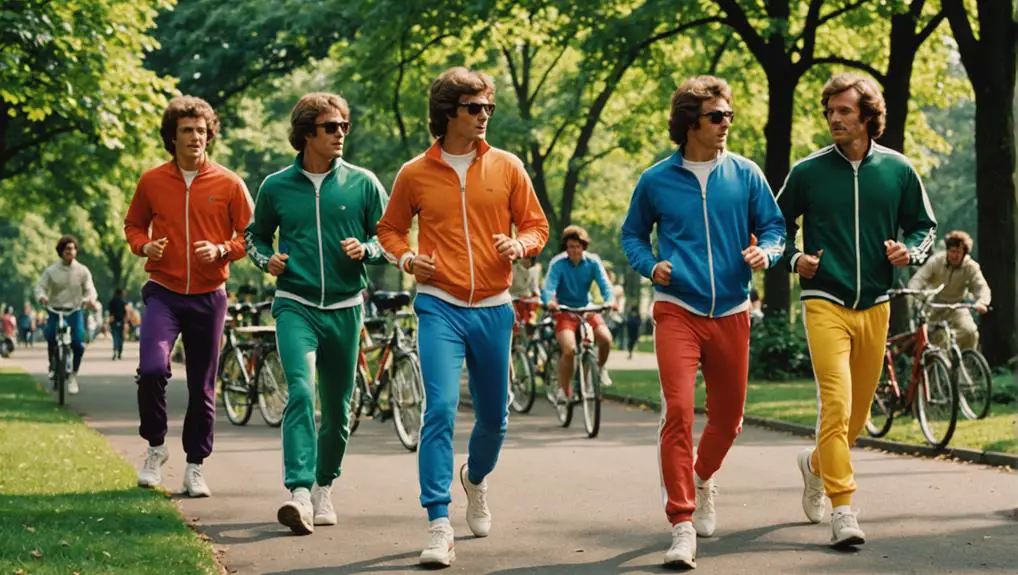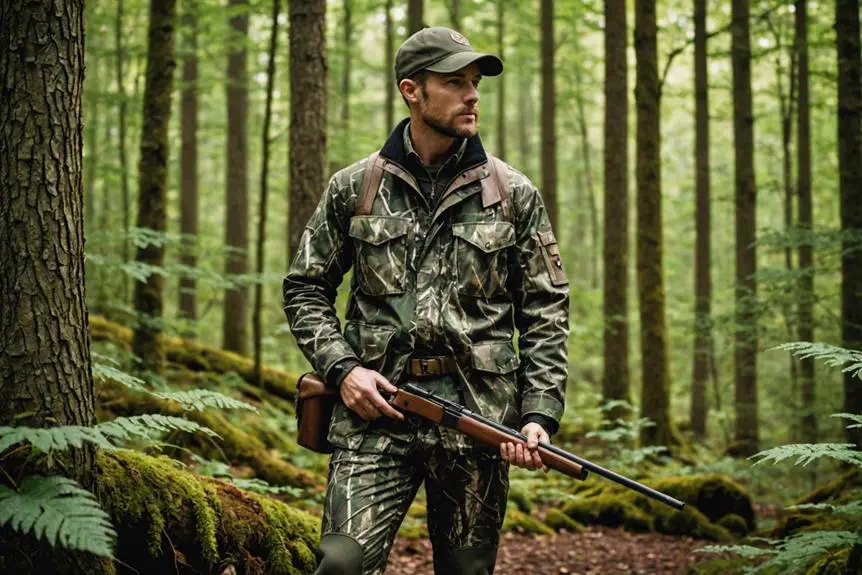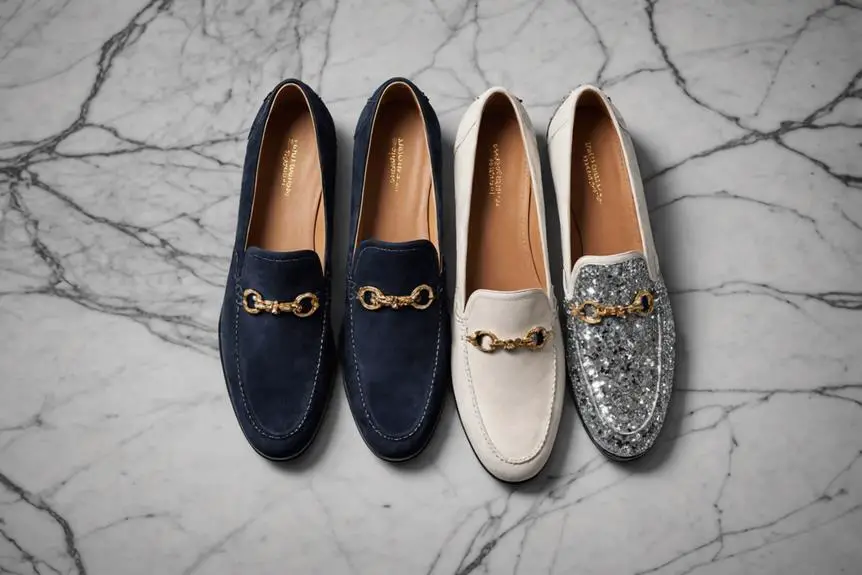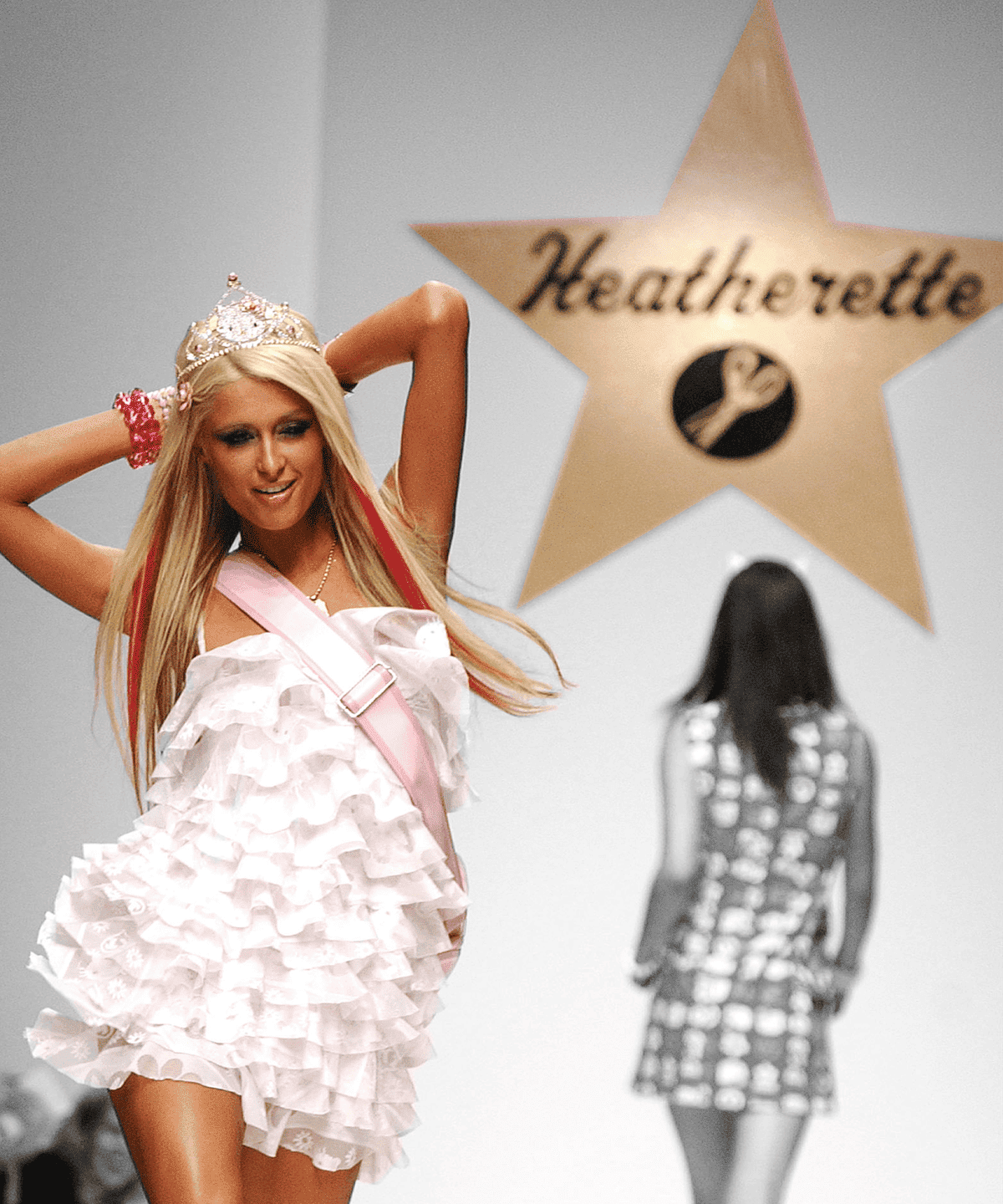Men's joggers in the 1970s transformed athletic wear into a trendy cultural phenomenon. You'll notice how they featured elastic waistbands, tapered legs, and were crafted from durable cotton blends and synthetic fabrics. Brands like Adidas and Fila popularized vibrant colors and unique patterns, influencing youth culture and self-expression. As jogging became a fitness craze, joggers found their way into casual wardrobes, blending comfort with style. Over the years, their looser fits have evolved into the more tapered modern designs. Discovering how these joggers shaped today's fashion landscape reveals a fascinating journey of style and identity intertwined.
Evolution of Joggers
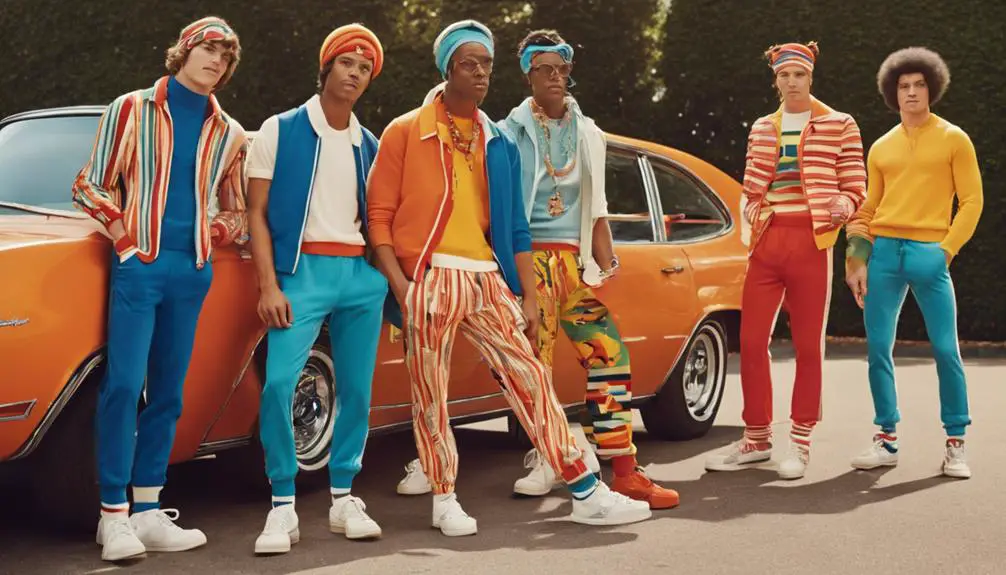
The evolution of joggers in the 1970s marked a significant turning point in athletic and casual wear. As jogging gained popularity, so did the need for suitable apparel. You'd notice that track pants began to emerge, characterized by their elastic waistbands and tapered legs. These designs, often made from cotton and polyester, prioritized comfort and flexibility, catering to the active lifestyle that defined the era.
Joggers quickly transcended their athletic origins, becoming a staple in everyday fashion. This shift reflected changing societal attitudes, where sportswear was no longer confined to the gym but embraced in casual settings. Prominent brands like Adidas and Fila recognized this trend, incorporating joggers into their collections and solidifying their mainstream appeal.
Interestingly, the 1970s also witnessed joggers being co-opted by various subcultures, including the punk movement. For many, these track pants became a statement against traditional fashion norms, symbolizing a newfound freedom in personal style. Overall, the evolution of joggers during this decade illustrates a broader transformation in how society perceived athletic wear, paving the way for future trends in both sports and casual fashion.
Key Fabric Choices
Several fabric choices defined men's joggers in the 1970s, each reflecting the decade's unique blend of style and functionality. You'd often find joggers crafted from cotton blends and polyester, striking a balance between comfort and durability that athletes craved. The introduction of synthetic fabrics during this time revolutionized athletic wear, enhancing stretch and moisture-wicking properties that catered perfectly to the burgeoning fitness culture.
Terrycloth and velour emerged as popular fabric choices, adding a soft texture and a retro aesthetic that resonated with the style of the era. These materials weren't just about looks; they provided an inviting feel that made joggers appealing for casual outings, too.
As the trend shifted toward athleisure, lightweight and breathable options gained favor. This shift from heavier fabrics to lighter materials marked a significant evolution in jogger design, aligning with the era's emphasis on both style and functionality. You could easily see how these fabric choices not only supported athletic performance but also reflected the laid-back lifestyle that characterized the 1970s, making joggers a staple in wardrobes beyond just the gym.
Iconic Brands of the 1970s
During the 1970s, a handful of athletic brands emerged as icons, shaping not only the jogger landscape but also the broader culture of casual wear. These brands didn't just sell clothes; they influenced how you perceived athleticism and style.
Adidas revolutionized jogger style with their iconic three-stripe design, becoming a must-have for both athletes and trendsetters. Meanwhile, Fila's Bjorn Borg line introduced bold colors and retro aesthetics, making joggers a fashionable choice. Champion carved its niche with high-quality sweatpants, focusing on durability and comfort, appealing to those who valued performance.
Here's a closer look at these iconic brands:
| Brand | Key Features |
|---|---|
| Adidas | Three-stripe design, sporty yet stylish |
| Fila | Bold colors, retro aesthetics with Bjorn Borg |
| Champion | Durable cotton blends, comfort-focused joggers |
| Impact | Elevated joggers from functional to fashionable |
These brands not only met the rising demand for stylish joggers but also established themselves as household names, forever changing the face of athletic wear.
Cultural Influences on Design
Amid the vibrant backdrop of the 1970s, cultural movements and shifting societal norms played a crucial role in shaping the design of joggers. As you explore this era, you'll notice how jogger designs were influenced by various factors, reflecting the dynamic spirit of the times. Here are four key cultural influences:
- Athletic Wear Popularity: The rise of gym culture led to joggers prioritizing both style and functionality, making them staples in casual fashion.
- Bold Aesthetics: The vibrant colors and patterns captured the essence of self-expression, appealing to a youthful audience enthusiastic for dynamic styles.
- Empowerment Movements: The civil rights and black exploitation movements inspired designs that promoted identity and empowerment, resonating with diverse communities.
- Innovative Features: The introduction of elastic waistbands and tapered legs addressed the need for versatility, allowing joggers to shift seamlessly between athletic and casual settings.
These influences combined to create joggers that weren't just clothing items but expressions of individuality and cultural identity, showing how fashion can reflect societal changes.
Popular Styles and Patterns

The vibrant styles and patterns of men's joggers in the 1970s reflect the bold cultural shifts of the time, marrying functionality with eye-catching aesthetics. You'd notice joggers adorned with vibrant stripes and geometric designs, capturing the era's enthusiasm for visual impact. Brands like Adidas and Fila stood out by introducing joggers featuring unique paneling and contrasting colors, blending athletic performance with casual fashion.
The materials used, such as polyester blended with cotton, guaranteed a comfortable fit while providing ease of movement—essential for both sports and leisure activities. This practicality didn't sacrifice style; instead, it enhanced the overall look. Joggers were frequently paired with matching track jackets, creating a coordinated ensemble that resonated in both athletic and streetwear contexts.
Moreover, retro styles like bell-bottom joggers have made a comeback in contemporary fashion, showcasing the lasting influence of the 1970s trends. You can see how these designs not only define a past era but also continue to inspire today's fashion statements, proving that the boldness of the '70s still holds relevance in your wardrobe choices.
Joggers in Sports and Leisure
Joggers in the 1970s emerged as a staple in both sports and leisure, reflecting a significant cultural shift towards an active lifestyle. As more people embraced fitness and recreational activities, joggers shifted from athletic gear to fashionable everyday wear. This evolution was driven by several key factors:
- Fitness Craze: The rise of running and informal sports led to a demand for comfortable clothing that supported an active lifestyle.
- Innovative Materials: Brands like Adidas and Nike introduced joggers made from advanced fabrics, enhancing performance while maintaining style.
- Vibrant Designs: The retro jogger style featured bright colors and unique patterns, attracting younger consumers who valued both fashion and functionality.
- Versatility: Joggers found a place in casual settings, often worn for workouts and leisure activities, marking their acceptance in mainstream fashion.
This seamless blend of function and style allowed joggers to resonate with a generation enthusiastic for comfort and expression. Ultimately, joggers in the 1970s became emblematic of a lifestyle change, signaling a commitment to health and a more relaxed, active way of life.
Comparison With Modern Joggers
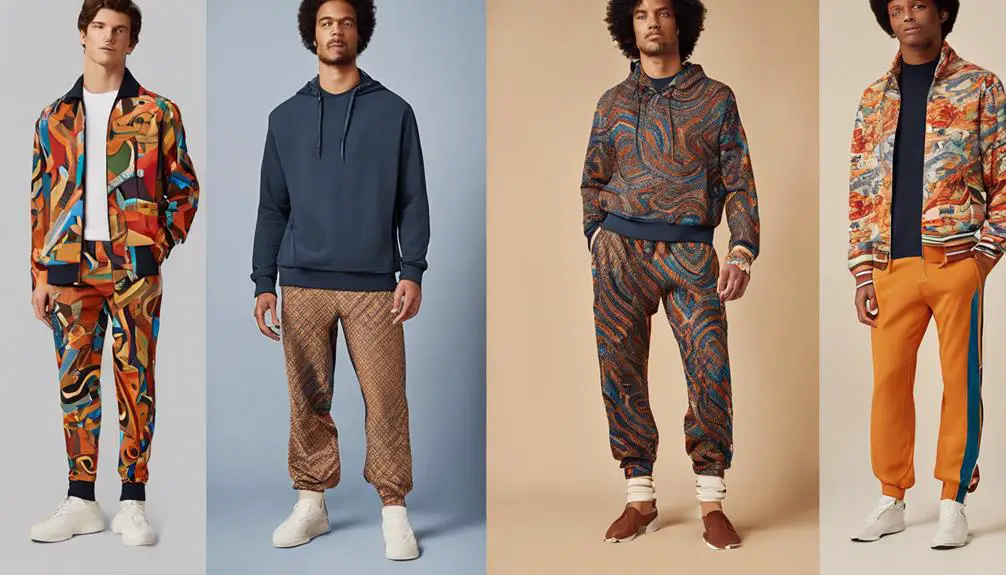
In the evolution of men's joggers, a stark contrast emerges when comparing the styles of the 1970s to today's offerings. Back then, joggers were characterized by a looser fit and heavier materials, prioritizing function for athletic activities. In contrast, modern joggers boast a tapered design and utilize lightweight, stretchable fabrics like polyester blends, making them versatile for both casual and athletic wear.
| Feature | 1970s Joggers | Modern Joggers |
|---|---|---|
| Fit | Loose | Tapered |
| Material | Heavier fabrics | Lightweight, stretchable |
| Style | Bold colors and patterns | Streamlined, minimalistic palettes |
The 1970s joggers often paired with oversized sweatshirts, reflecting a laid-back vibe. Today, you'd typically style joggers with fitted tops and casual outerwear for a polished look. Price-wise, vintage joggers can reach high values, while modern options are more accessible, usually ranging from $30 to $100. This evolution highlights how joggers have transformed from mere athletic gear to a staple of contemporary fashion, emphasizing style without sacrificing comfort.
Collecting Vintage Joggers
Collectors often find themselves captivated by the charm of vintage joggers from the 1970s, drawn to their unique blend of style and nostalgia. The vibrant colors and tapered silhouettes reflect a significant shift in fashion, influenced by the rise of casual athletic wear. When diving into this collecting journey, consider these key points:
- Brands Matter: Seek out joggers from iconic brands like Russell Athletic and Adidas, known for their quality and retro appeal during that era.
- Condition is Key: Examine joggers for signs of wear, fabric quality, and authenticity. Rare finds in excellent condition can fetch impressive prices.
- Price Range: Expect to pay between $50 and $150 for standard joggers, while rare items can soar to $1,100 or more.
- Nostalgic Resurgence: The increasing interest in 70s fashion has made vintage joggers highly sought after, attracting both collectors and fashion enthusiasts alike.
Styling Tips for Retro Looks
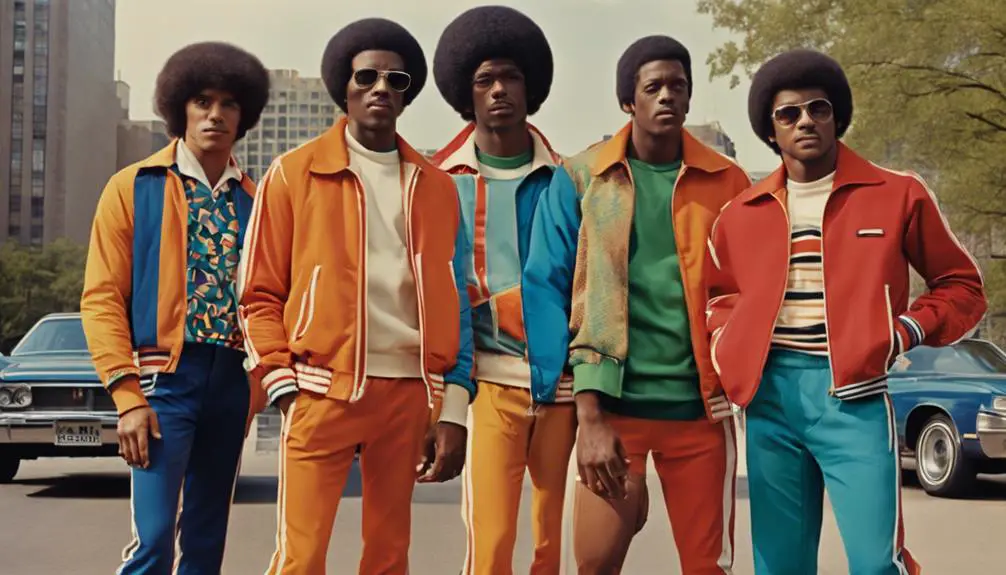
While embracing the retro vibe of the 1970s, you can effortlessly create stylish outfits by mixing and matching vintage joggers with complementary pieces. Start with classic graphic tees or vintage sweatshirts to capture that quintessential 1970s casual look. This era emphasized comfort coupled with style, making it easy for you to dress down without sacrificing flair.
To really embody the vibrant aesthetics of the time, opt for bold colors and patterns—think stripes or florals. Footwear plays a significant role, so accessorize with retro sneakers or platform shoes to complete your outfit.
Don't forget the accessories! Oversized sunglasses and headbands were staples of the decade, adding both style and practicality. Finally, layer your joggers with a denim or bomber jacket to reflect the layering trends that blended sporty and casual elements effectively.
Here's a quick styling guide:
| Outfit Component | Styling Tip |
|---|---|
| Tops | Classic graphic tees/sweatshirts |
| Patterns | Bold stripes or florals |
| Footwear | Retro sneakers/platform shoes |
| Accessories | Oversized sunglasses/headbands |
The Legacy of 1970s Joggers
The legacy of 1970s joggers is more than just a nostalgic nod to the past; it represents a significant cultural shift towards athleticism and casual fashion. As jogging gained popularity, joggers became emblematic of a lifestyle that prioritized health and comfort, paving the way for today's athleisure trend. You can see this influence manifesting in several key ways:
- Increased Popularity: The aggressive marketing by brands like Adidas and Puma brought joggers into the mainstream, making them accessible for everyday wear.
- Celebrity Endorsement: Athletes and stars wore joggers, further solidifying their status as a fashionable choice, which you might still notice today in various media.
- Bold Aesthetics: Vibrant colors and patterns from the 1970s still inspire modern designs, reflecting the playful spirit of that era.
- Cultural Integration: The blend of athletic and casual wear has become a staple in contemporary wardrobes, affirming the jogger's place in fashion history.
Ultimately, the legacy of 1970s joggers continues to shape how you approach style, comfort, and self-expression in your daily life.
Frequently Asked Questions
What Pants Did Men Wear in the 1970s?
In the 1970s, you'd notice men wearing flared trousers and bell-bottoms, often made from polyester. These pants showcased bold patterns, reflecting the vibrant fashion trends, while tracksuit bottoms gained popularity for sports and casual wear.
Were Sweatpants a Thing in the 70s?
Yes, sweatpants became popular in the 1970s, influenced by gym culture. You'd see people wearing them for comfort and style, as brands introduced innovative designs that appealed to both athletes and casual wear enthusiasts.
What Year Were Joggers Popular?
Joggers became popular in the mid to late 1970s, thanks to the rising gym culture and the influence of sports figures. You'll notice their blend of comfort and style transformed casual wear into a fashionable statement.
What Did Men Wear to Disco in the 1970s?
When you hit the disco in the 1970s, you wore fitted polyester pants with flared legs, bold patterned shirts, leisure suits, and platform shoes, accessorized with chunky jewelry and oversized sunglasses for that confident, vibrant look.
